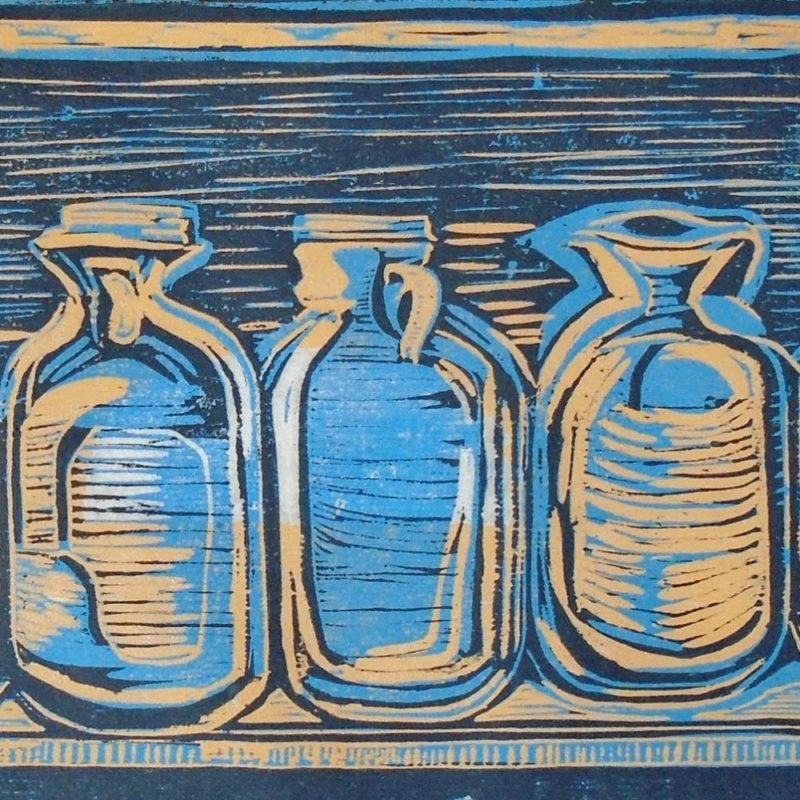Printmaking Mediums
Printmaking is a versatile art form. It can allow you to make multiple copies of an original work of art, or a single print. Printmaking typically involves creating the artwork on one surface, or matrix, and transferring it to another, such as paper or fabric. Explore the many processes of creating a printable matrix – drawing, carving, etching, painting, collage or a combination – and learn to print by hand or using our presses.








